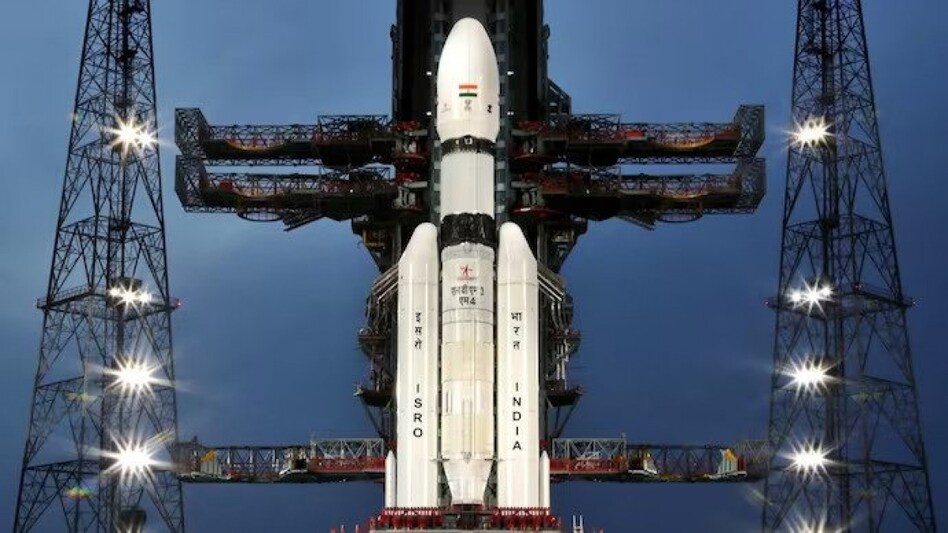
Chandrayaan-3 launch tomorrow
On Friday, India will make its second attempt to land on the moon. The previous mission, Chandrayaan-2, had failed in its very last leg. What went wrong the last time, and what changes has Chandrayaan-3 made? What will the spacecraft do once it does reach the moon? India’s third mission to the moon will take off on Friday at 2:35 pm. The mission aims to achieve what its predecessor could not — land softly on the lunar surface and explore it with a rover. A successful soft landing will make India the fourth country, after the United States, Russia, and China, to achieve the feat. The position remains vacant after the missions from Israel and India in 2019 crash-landed and the spacecraft carrying a lander-rover from Japan and a rover from UAE failed in 2022. While the objectives of the mission remain the same, scientists at the Indian Space Research Organisation (Isro) have learnt from the previous mission. The lander’s design was improved after a series of tests to see how it performs under various circumstances, such as inability to reach the landing spot, failure of electronics or sensors, velocity being higher than needed, among others. The mission After launching into an orbit around the Earth at an altitude of 179 km on Friday, the spacecraft will gradually increase its orbit in a series of manoeuvres to escape the Earth’s gravity and slingshot towards the moon. After reaching close to the moon, the spacecraft will need to be captured by its gravity. Once that happens, another series of manoeuvres will reduce the orbit of the spacecraft to a 100×100 km circular one. Thereafter, the lander, which carries the rover inside it, will separate from the propulsion module and start its powered descent. This whole process is likely to take around 42 days, with the landing slated for August 23 at the lunar dawn. Lunar days and nights last for 14 earth days. The lander and rover are built to last only one lunar day — they can’t survive the extreme drop in temperatures during lunar nights — and hence have to land right at dawn. As for the landing site, it has been moved slightly from the previous location on a plateau between two craters. The site, at around 70 degree S near the Southern pole of the moon, was selected as there are several craters here that remain permanently in shade, and can be the store-house of water ice and precious minerals. The change in the current landing site has been made on the basis of the pictures captured by the Chandrayaan-2 orbiter, which have provided a very clear map of the moon. Despite the current mission not carrying an orbiter — it will use data from the Chandrayaan-2 orbiter — the weight of the payload is slightly more than the previous mission, with the lander making up most of the excess weight. This is most probably due to the modifications made for a safe landing.